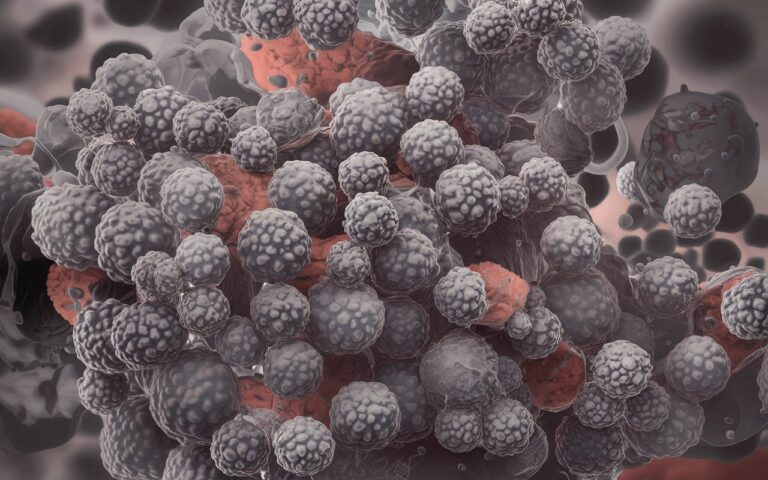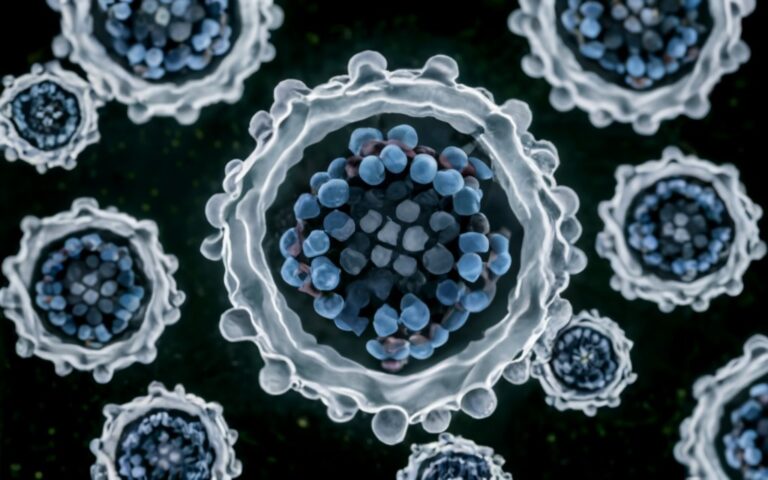Why Non-Lyophilized Exosomes Are Superior to Lyophilized Exosomes in Medical Applications
Introduction Exosomes have emerged as powerful tools in regenerative medicine, skincare, and various therapeutic applications due to their ability to act as cellular communicators. These nano-sized vesicles, produced naturally by cells, contain proteins, lipids, and genetic material that facilitate cell-to-cell communication, encouraging healing, anti-aging, and tissue repair processes. As exosome-based therapies gain momentum, a critical…


